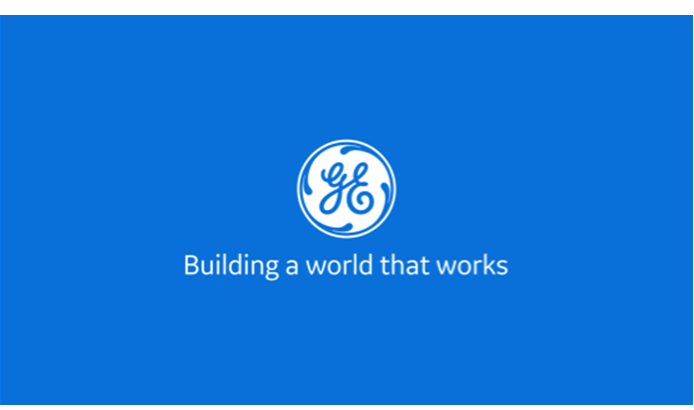VACCINE MACHINE
Standing in a lab on the GE Research campus in Niskayuna, New York, John Nelson holds up a sample of synthetic DNA inside a vial that is small enough to fit comfortably between his thumb and forefinger. He says there’s enough synthetic DNA inside that half-gram vial to produce an estimated 5,000 vaccines. “It took us under a day to produce this,” he says. Now Nelson and his team are using their expertise in producing industrial amounts of synthetic DNA to take on a new challenge: finding a way to more easily and quickly mass-produce vaccines globally.
Catalyze this: Making vaccines for the entire population during a crisis and doing it quickly is a great challenge. It usually takes weeks to mass-produce the DNA and RNA that go into modern-day vaccines. Now, a joint effort between GE Research, several partners, and DARPA has shortened the window to less than three days. The agency will be investing up to $41 million over five years in GE Research and its partners to help develop a mobile medical manufacturing platform that replaces the slower method of processing live bacteria in large fermenters with a synthetic method using enzymes.
Read more about GE Research’s mobile medical vaccine project here.
THE HALIADE-X FACTOR
GE’s Haliade-X offshore wind turbine was designed to evolve with the market, and evolve it has. The initial model produced 12 megawatts — and even at that level, a single rotation of the machine’s blades could generate enough power to supply the equivalent of one U.K. household for two days. But when GE Renewable Energy engineers tested a Haliade-X prototype, they found it could be optimized to produce 13 MW. Now an even more powerful version will be rated at 14 MW — and this machine has just been selected for Dogger Bank C, the 1.2-gigawatt, third phase of the U.K.’s Dogger Bank wind farm. (At its 13-MW rating, the Haliade-X had previously been selected for the first two phases of the project.)
Dogged pursuit of power: Set to be completed in 2026, Dogger Bank is projected to be the largest offshore wind installation in the world, with a planned installed generation capacity of 3.6 GW. The Haliade-X was also recently selected to power Vineyard Wind, an 800-MW farm off the coast of Massachusetts.
For more about Dogger Bank and Haliade-X, click here.
PULSE OF THE HEARTLAND
The winds of progress are not just blowing offshore. GE Renewable Energy just announced that it will build a 302-megawatt wind farm in central Illinois, projected to be online by the end of this year. The Lincoln Land Wind farm will use 107 GE turbines to supply renewable energy to McDonald’s and Facebook.
The expanding grid: The new facility will be owned and operated by Ares Infrastructure and Power, which has now partnered with GE to create more than 800 MW in new onshore wind turbine capacity.
Read more about the Lincoln Land Wind farm and GE’s growing onshore wind turbine platform here.
THE COOLEST THINGS ON EARTH ?
1. The Very Big Picture
Australian scientists believe a 200-year-old light experiment and quantum hard drives could help pave the way to an Earth-size telescope.
2. The Charging Lane
A team of Cornell engineers has proposed a “wireless power transfer” technology that could charge electric vehicles as they cruise down the road.
3. Mission: Reaction
NASA is exploring two nuclear propulsion technologies that could power a crewed mission to Mars with a round-trip duration of two years or less.
Learn more here about this week’s Coolest Things On Earth.
— QUOTE OF THE DAY —
“It's really exciting to know that we’re doing something that has never been done before; automating the production of pharmaceutical-grade DNA from scratch.”
— John Nelson, senior principal scientist at GE Research in Niskayuna, New York
Quote: GE Reports. Images: GE Research, GE Renewable Energy.







